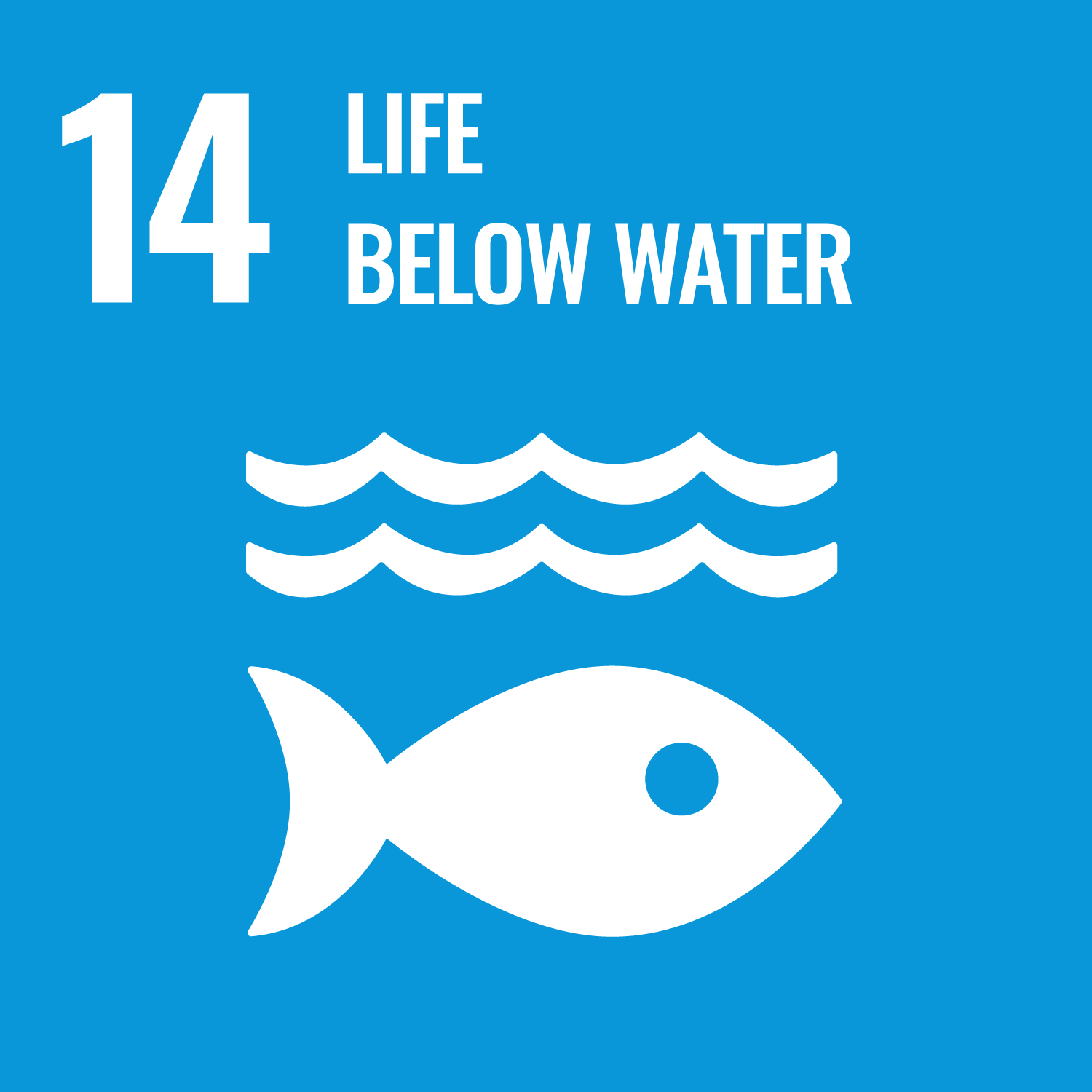ORCID
- Awadhesh N. Jha: 0000-0001-9660-4308
Abstract
In vitro models are emerging tools for reducing reliance on traditional toxicity tests, especially in areas where information is sparse. For studies of fish, this is especially important for extrahepatic organs, such as the intestine, which, until recently, have been largely overlooked in favour of the liver or gill. Considering the importance of dietary uptake of contaminants, the rainbow trout (Oncorhynchus mykiss) intestine-derived cell line RTgutGC was cultured, to test its suitability as a high-throughput in vitro model. Benzo[a]pyrene (B[a]P) is an important contaminant and a model polycyclic aromatic hydrocarbon (PAH). Over 48 h exposure, a range of endpoints and xenobiotic metabolism rates were examined at three different pH levels indicative of the in vitro (pH 7.5) and in vivo mid-gut (pH 7.7) and hind-gut (pH 7.4) regions as a function of time. These endpoints included (i) cell viability: acid phosphatase (APH) and lactate dehydrogenase (LDH) assays; (ii) glucose uptake; (iii) cytochrome P450 enzyme activity: 7-ethoxyresoorufin-O-deethylase (EROD) assay; (iv) glutathione transferase (GST) activity; (v) genotoxic damage determined using the comet assay. Absence of cell viability loss, in parallel with decrease in the parent compound (B[a]P) in the medium and its subsequent increase in the cells suggested active sequestration, biotransformation, and removal of this representative PAH. With respect to genotoxic response, significant differences were observed at both the sampling times and the two highest concentrations of B[a]P. No significant differences were observed for the different pH conditions. Overall, this in vitro xenobiotic metabolism system appears to be a robust model, providing a basis for further development to evaluate metabolic and toxicological potential of contaminants without use of animals.
DOI Link
Publication Date
2018-01-01
Publication Title
Mutation Research - Genetic Toxicology and Environmental Mutagenesis
Volume
826
ISSN
1383-5718
Acceptance Date
2017-12-18
Deposit Date
2024-06-04
Embargo Period
2019-02-06
Keywords
3Rs, B[a]P, Comet assay, Dietary exposure, RTgutGC, Rainbow trout
Creative Commons License

This work is licensed under a Creative Commons Attribution-NonCommercial-No Derivative Works 4.0 International License.
First Page
53
Last Page
64
Recommended Citation
Langan, L., Arossa, S., Owen, S., & Jha, A. (2018) 'Assessing the impact of benzo[a]pyrene with the in vitro fish gut model: An integrated approach for eco-genotoxicological studies.', Mutation Research - Genetic Toxicology and Environmental Mutagenesis, 826, pp. 53-64. Available at: 10.1016/j.mrgentox.2017.12.009
Additional Files
BaP manuscript tables.pdf (428 kB)BaP manuscript figures final version.pdf (685 kB)


